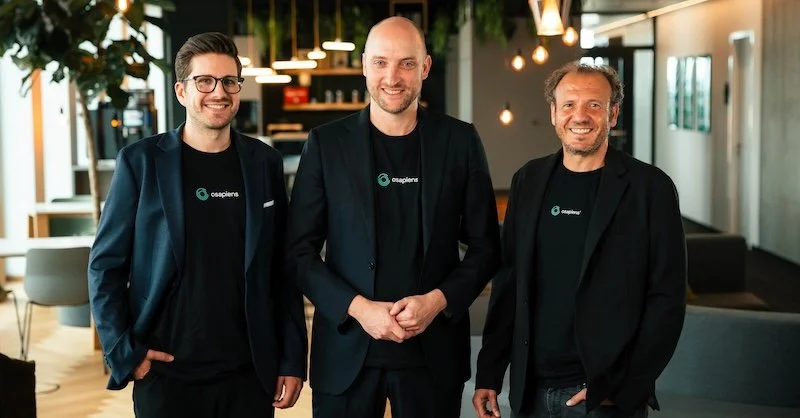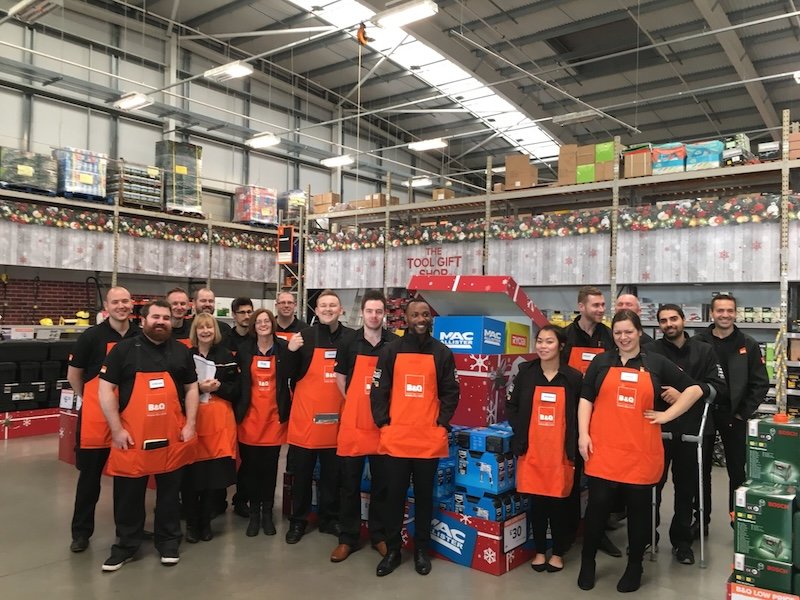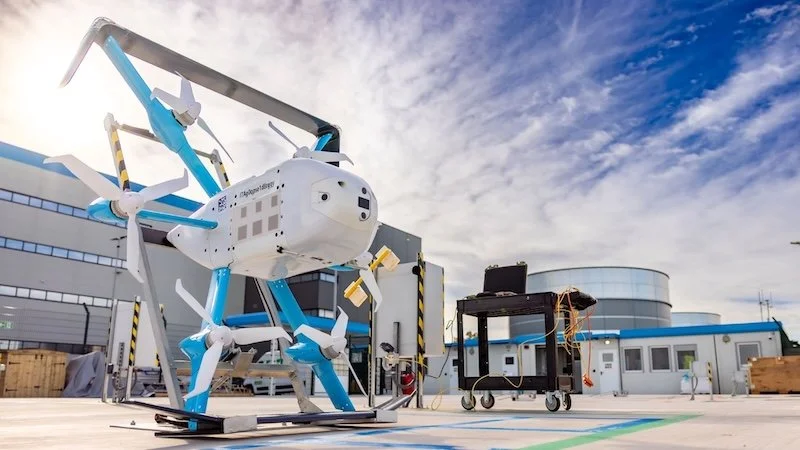Best practices for Kubernetes event driven autoscaling
Kubernetes has forever changed the way we deploy and manage applications, all thanks to unparalleled scalability and agility it offers. But here's the thing: cloud native environments are dynamic in nature. So, effective resource allocation has to be at the forefront if you want to steer clear of overprovisioning and additional costs.
Kubernetes Event-Driven Autoscaling (KEDA) has become one of the best options for addressing this. It scales your applications in real-time and with extreme precision, intelligently against your specific triggers, to make sure that optimal performance is guaranteed without running up your costs.
Here are five best practices to help you master KEDA:
1. Choose the right scaler
Picking the right scaler for your application is basically the secret to successfully implementing KEDA. Good thing it supports several scalers, each designed for certain triggers.
KEDA can adjust to a wide range of scaling needs and thus find its place in a wide array of applications. Remember, the scaler chosen will directly affect how your application will react to events; therefore, it's a decision that must not be taken lightly.
Choosing the right scaler also means understanding the nature of your application workload. If your applications have predictable traffic, choose a CPU or memory-based scaling. But if your application spikes of sudden bursts or relies on external event sources to trigger activities, then opt for either custom metrics or external scalers.
Given how critical getting the right scaler is, it's important to work with cloud professionals that best understand how to harness the power of KEDA. They can demonstrate autoscaling and authentication parameters and how they suit your applications.
2. Fine-tune scaling parameters
After identifying the appropriate scaler, the next stage is optimising scaling parameters such as scaleTargetRef, cooldownPeriod, and pollingInterval.
This is to ensure efficient scaling of your application without over- or under-shooting. Over-scaling results in wasted resources and increased costs, whereas under-scaling leads to performance bottlenecks and user dissatisfaction. (1)
Avoid these with the help of monitoring and observability tools, which provide data on resource utilization, application performance, and Kubernetes event patterns. This information will be the basis for decisions on scaling thresholds and target replicas. Also, note that this is a trial-and-error tuning process.
The recommendation for operating scaling parameters is to start with conservative values, but then further adjust based on actual data observed and application behavior. The goal would be to find the sweet spot between resource efficiency and performance such that an application could handle varying workloads without becoming a bottleneck to a great end-user experience.
3. Leverage
KEDA enables scaling actions to be based on specific events or event attributes. Such granularity will ensure that your application only scales when really necessary, hence optimum resource utilisation.
That is, it will perform the filtering of events on labels, annotations, or even the event payload, which allows you to have targeting scaling rules that best suit the needs of your applications.
For instance, you can configure it in a way that KEDA scales your application based on events coming just from your message queues or when certain database tables are highly active. This would keep it from scaling, say, web application servers triggered by an irrelevant event.
This, therefore, saves some money and is efficient. This is quite valuable in complex microservices architecture where there are many interacting services producing events. It will intelligently route events to appropriate scalers, so each service scales independently as per need, keeping the system stable and performance going.
4. Implement health checks and liveness probes
Before scaling your application, it's crucial to ensure that the existing instances are healthy and capable of handling additional load. Kubernetes health checks and liveness probes play a vital role in this process.
By configuring health checks, you instruct KEDA to scale only those pods that are in tip-top shape and responsive. This prevents scaling pods that could contribute to cascading failures and degraded performance. (2)
Liveness probes periodically check the health of your application's containers, ensuring that they are running and responding to requests. If a container fails the test, Kubernetes automatically restarts it, maintaining the availability of your application. (2)
Integrating health checks and liveness probes with KEDA adds an extra layer of resilience to your autoscaling strategy. It helps minimise the risk of scaling unhealthy pods and ensures your application remains available and performant even under heavy load.
5. Monitor and optimise
Implementing KEDA isn't a one-time task; it requires ongoing monitoring and optimisation to adapt to changing application needs and workload patterns.
Utilise monitoring tools to track scaling events, resource utilisation, and application performance. Analyse this data to identify potential bottlenecks, areas for improvement, and opportunities for further optimisation.
Regularly review your KEDA configurations and adjust scaling parameters based on observed data and application behavior. Think about how studies have shown that 76% of organisations experience downtime caused by factors such as misconfigurations. (3)
Embrace a proactive approach to monitoring and optimisation, and you can ensure that your KEDA implementation remains effective and aligned with your evolving application requirements.
Conclusion
With these five best practices, you can unlock the full potential of KEDA and achieve seamless scalability for your applications. KEDA is a journey of continuous improvement, so stay informed, adapt your strategies, and embrace the power of event-driven autoscaling to propel your applications to new heights.
References:
"Innovation in Scalability: Event-driven autoscaling in Kubernetes," Source: https://www.researchgate.net/publication/378297972_Innovation_in_Scalability_Event-driven_autoscaling_in_Kubernetes
"Configure Liveness, Readiness and Startup Probes," Source: https://kubernetes.io/docs/tasks/configure-pod-container/configure-liveness-readiness-startup-probes/
"The True Cost Of Downtime (And How To Avoid It)," Source: https://www.forbes.com/councils/forbestechcouncil/2024/04/10/the-true-cost-of-downtime-and-how-to-avoid-it/






























Continue reading…